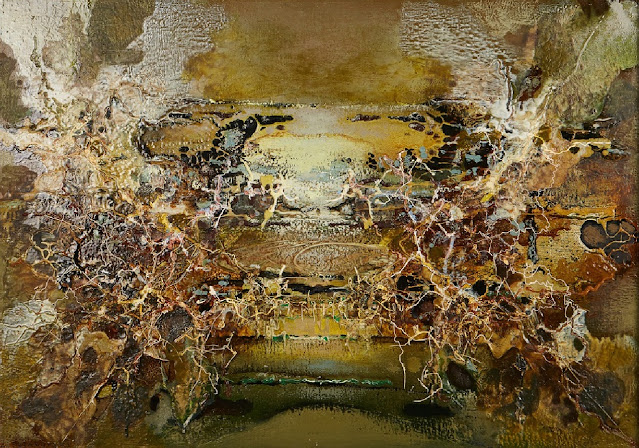Charles Thomas Close (1940 – 2021) was an American painter, visual artist, and photographer who made massive-scale photorealist and abstract portraits of himself and others. Close also created photo portraits using a very large format camera. Chuck Close is known for his innovative conceptual portraiture, depicting his subjects, which are transposed from photographs, into visual data organized by gridded compositions.Throughout his childhood and adolescence, Close used art as a means of navigating a learning disability. He continued to develop his artistic skills through private art lessons, drawing and painting from live models. As a student at the University of Washington (BA, 1962), and then at Yale (BFA 1963; MFA 1964), he began to emulate the styles of Arshile Gorky and Willem de Kooning, considering himself a third-wave Abstract Expressionist and as he explored this vocabulary he pivoted from biomorphism to figuration.
After studying at the Akademie der Bildenden Künste in Vienna (1964) on a Fulbright grant, Close returned to the United States in 1965. He taught painting at the University of Massachusetts, Amherst, where he received his first solo exhibition in 1967. Seeking to break from the gestural style that had characterised his student work, Close shifted toward Pop-inflected figuration before embracing the tools of commercial art and illustration. Basing his paintings on photographic imagery, Close reduced his palette to black and white.




































.jpg)




%20by%20Catherine%20La%20Rose%20(18).jpg)


















